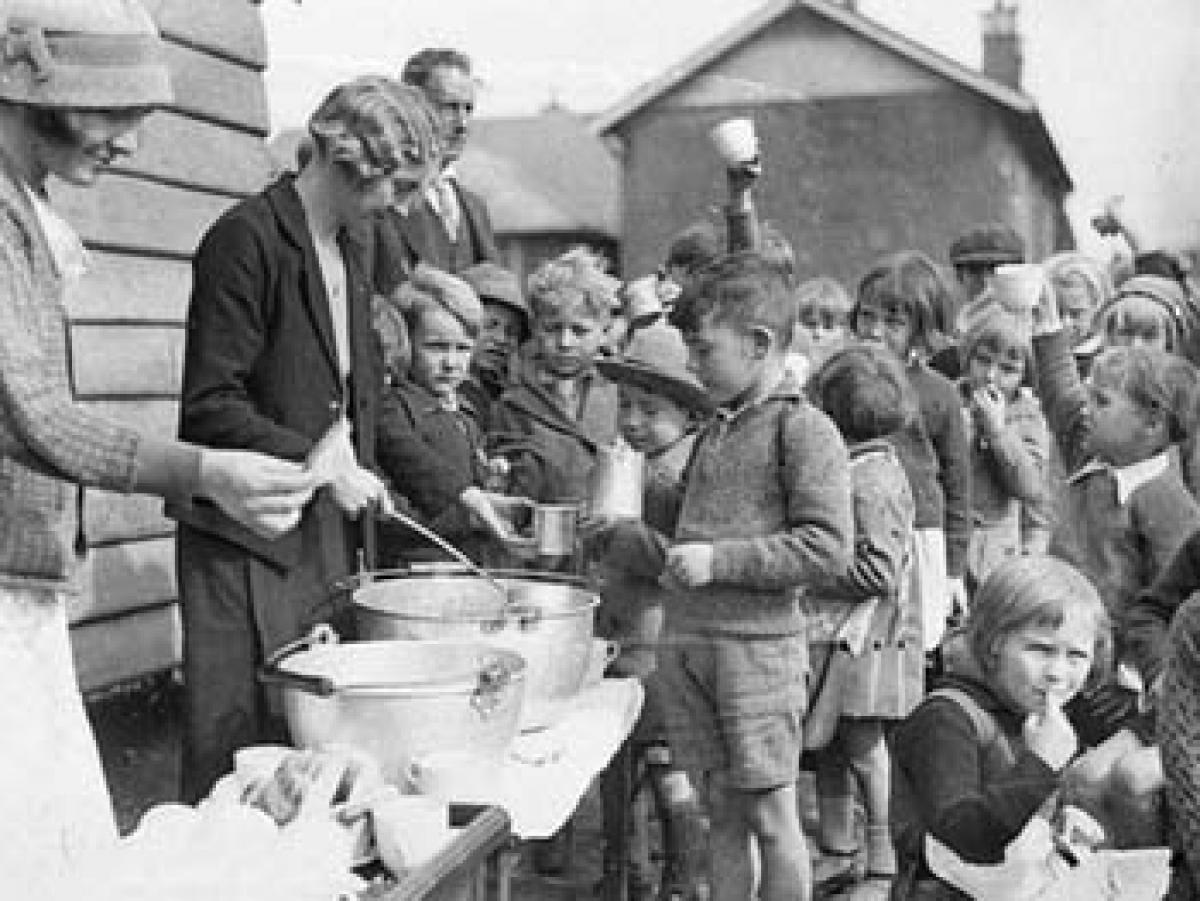Live
- First Impressions and Unboxing of the MacBook Pro M4: A Powerhouse for Professionals and Creators
- China Gears Up for Potential Trade War Amid Trump’s Tariff Threats
- Small Farmers Gain Less by Selling to Supermarkets: Study Reveals
- Why Despite the Controversy, America Is Anticipating the Mike Tyson vs. Jake Paul Fight
- Sanju Samson and Tilak Varma Shine: Record-Breaking Feats in 4th T20I Against South Africa
- India Urges $1.3 Trillion Annual Climate Support for Developing Nations
- Bad air: 106 shuttle buses, 60 extra Metro trips planned to make Delhiites give up cars
- WHO reports declining monkeypox cases in Congo
- CM Attends Kotideepotsavam on Kartika Purnima
- PKL Season 11: Raiding trio of Devank, Ayan, Sandeep help Patna Pirates rout Bengal Warriorz





.jpg) Reserve Bank of India governor Raghuram Rajan has asked central banks from across the world to define "new rules of the game" as he warned that the global economy could be slipping into problems similar to the Great Depression of the 1930s. He expressed concern that the world may be slipping into the kind of problems of the depression of the 1930s and an international consensus was needed to be built over time.
Reserve Bank of India governor Raghuram Rajan has asked central banks from across the world to define "new rules of the game" as he warned that the global economy could be slipping into problems similar to the Great Depression of the 1930s. He expressed concern that the world may be slipping into the kind of problems of the depression of the 1930s and an international consensus was needed to be built over time. 



